Textos en inglés al final del post / English translation at the end of this post.
_________________________________________________________
El 4 de Mayo es el cumple de
Zsuzsa Máthé, artista húngara nacida en Budapest en 1964. A sus 18 años abrió su primera exposición titulada "La primera exposición de Transrealismo". A los 21 ya había visitado la mayoría de los países de Europa, desde la Rusia comunista hasta el Reino Unido, donde obtuvo calificaciones que le permitieron abrir el primer instituto privado de Inglés en Budapest.
Su arte se ha exhibido extensamente en Hungría y otros países. Se la considera a menudo como una precursora de la subcultura gótica, tan popular éstos días.
"Wo bist du? / ¿Dónde estás? / Where are you?", 1987
Más sobre Zsuzsa Máthé en "El Hurgador" / More about Zsuzsa Máthé in this blog:
_________________________________________________________
Bernhard Hoetger, escultor, pintor y artesano alemán del movimiento expresionista, nacido en 1874.
Hijo de un herrero de Dortmund, estudió escultura en Detmold de 1888 a 1892, antes de dirigir un taller en Rheda-Wiedenbrück. Después de una temporada en la Academia de Artes de Düsseldorf, realizó un viaje a París, donde fue influido por Auguste Rodin, y conoció a Paula Modersohn-Becker. Más tarde se familiarizó con Antoni Gaudí. En 1911 fue llamado a la colonia artística de Darmstadt, donde permaneció por algún tiempo.
En 1914, inspirado por Modersohn-Becker, se instaló en la colonia de Worpswede. Fue aquí donde se reunió con Ludwig Roselius, con quien haría su obra maestra, la Böttcherstraße de Bremen, en un estilo expresionista. Al igual que Roselius, Hoetger simpatizaba con el ideal nazi y se convirtió en miembro del partido, aunque en 1936 Hitler lo declaró como artista degenerado. Expulsado del partido, se instaló en Suiza, donde murió en 1949.
"Schlaf / Sueño / Sleep", relieve / relief. Mathildenhoehe, Darmstadt, Hessen (Alemania / Germany).
Foto / Photo: mellis doppelleben (Panoramio)
El 5 de Mayo es el cumple de
Fabian Cueto de la Rosa, pintor filipino nacido en 1986 en Paco (Manila), considerado como un "maestro de género" en el arte de su país.
Recibió sus primeras instrucciones en pintura de su tía, y estudió en la Escuela de Bellas Artes y Dibujo, aunque sólo durante 3 años. Posteriormente estudió en Europa, en la Acedémie Julian de París, Francia.
Se cree que pintó alrededor de 1000 cuadros y su obra se divide generalmente en tres períodos: uno académico sin importancia a la atmósfera y el ambiente, otro en el cual el entorno se podía sentir con fuerza y otro en el cual juega con el color.
"Mujeres trabajando en un arrozal / Women Working in a Rice Field", óleo sobre lienzo / oil on canvas, 1902.
_________________________________________________________
Viktor Harmann (Ви́ктор Александро́вич Га́ртман), arquitecto y pintor ruso nacido en 1834.
Estuvo asociado con la Colonia Abramtsevo, adquirida y preservada desde 1870 por Savva Mamontov, y con el Revival Ruso.
Estudió en la Academia de Bellas Artes de San Petersburgo y al principio se dedicó a ilustrar libros.
También trabajó como arquitecto y realizó, entre otras cosas, los bocetos para el aniversario del milenio ruso en Novgorod, que se inauguró en 1862. Realizó la mayoría de sus acuarelas y dibujos en sus viajes al extranjero en los años 1864-68. Junto con Ivan Ropet, Hartmann fue uno de los primeros artistas que incluyeron motivos tradicionales rusos en su obra.
Desde que Vladimir Stasov lo introdujo en el círculo de Mily Balakirev en 1870, se hizo amigo íntimo del compositor Modesto Mussorgsky. Tras la temprana muerte de Hartmann por un aneurisma a los 39 años, una exposición de unas 400 pinturas suyas se presentó en la Academia de Bellas Artes de San Petersburgo, en febrero y marzo de 1874. Fue lo que inspiró a Mussorgsky a componer su suite "Cuadros de una exposición". La mayoría de las obras de esta muestra se han perdido.
"Las catacumbas de París / Paris Catacombs", acuarela / watercolor, 12,9 x 17 cm.
State Russian Museum (San Petersburgo / St. Petersbourg, Rusia)
El 6 de Mayo es el cumple de
Néstor Basterretxea Arzadun, escultor, pintor y director de cine español nacido en 1924 en Bermeo (Vizcaya).
Exiliado en Francia desde 1936 debido a la actividad política de su padre, residió en Casablanca (por entonces protectorado francés) y luego en Argentina.
Tras trabajar en el terreno del dibujo publicitario en Argentina y realizar algunas exposiciones regresa a España en 1952.
Fue Consejero de Cultura del Gobierno Vasco durante dos años (gobernando el PNV) en la década de los años 80. Ha sido artista fundador de dos grupos artísticos relevantes en España: en 1957 del Equipo 57, junto a Juan Cuenca, Agustín Ibarrola, Jorge Oteiza y otros, y en el año 1966 el grupo Gaur, junto a Eduardo Chillida, Oteiza, y otros más.
Iglesia de San Juan, Ayuntamiento del siglo XIX y escultura Leioako Indarra ("La fuerza de Leioa") /
St. John Church, 19th Century Town Hall and sculpture Leioako Indarra ("The Strenght of Leioa").
Lejoa, Vizcaya [Leioa, Bizkaia] (España / Spain)
_________________________________________________________
Ernst Ludwig Kirchner, pintor y grabador expresionista alemán nacido en 1880, uno de los fundadores del grupo de artistas "Die Brücke / El Puente", un colectivo clave que condujo a la fundación del expresionismo en el arte del s.XX.
Aunque los padres de Kirchner animaron su carrera artística, también quisieron que completara su educación formal, así que en 1901 comenzó a estudiar arquitectura en la Königliche Technische Hochschule (Real Universidad Técnica) de Dresde.
Se presentó como voluntario para el ejército en la Primera Guerra Mundial, pero pronto sufrió un colapso y fue relevado. En 1933, su obra fue etiquetada como "degenerada" por los Nazis, y en 1937 alrededor de 600 de sus obras fueron vendidas o destruidas. En 1938 se suicidó de un disparo.
"Fränzi vor geschnitztem Stuhl / Franzi frente a una silla tallada / Fränzi in front of Carved Chair"
Óleo sobre lienzo / oil on canvas, 71 x 49,5 cm., 1910.
Museo Thyssen-Bornemisza (Madrid, España / Spain)
El 7 de Mayo es el cumple de
Rafael Argelés Escriche, pintor español nacido en Algeciras in 1894.
En Madrid estudió en la Escuela Superior de Bellas Artes de San Fernando donde tuvo como maestros a Cecilio Plá y a Muñoz Degrain y donde muy pronto comienza a destacar. En 1912 ganó la medalla honorífica en la Exposición Nacional de Bellas Artes. Becado en Italia, permaneció en Roma hasta 1919.
Viajó a Brasil en 1930 donde realizó sendas exposiciones en São Paulo y Río de Janeiro, a Uruguay y a Argentina donde contrajo matrimonio en 1934.
Tras su regreso a España continúan los reconocimientos ganando varias medallas, pero el inicio de la Guerra Civil le obliga a huir a la Argentina desde donde no regresaría hasta los últimos años de la dictadura de Franco. Murió en Buenos Aires en 1979.
"Desnudo / Nude", óleo sobre lienzo / oil on canvas
_________________________________________________________
Jordi Bonet i Godó, pintor, ceramista, muralista y escultor canadiense nacido en Barcelona, España, en 1932. Trabajó principalmente en Quebec.
Perdió su brazo derecho a los 9 años. Su niñez estuvo marcada por la Guerra Civil Española. Estudió arte en Barcelona, y comenzó a trabajar en pintura y cerámica antes de expandir sus horizontes hacia la inclusión de metal y relieves de hormigón.
Emigró a Canadá en 1954, estableciéndose en Quebec donde continuó sus estudios. Tras un breve retorno a España, estableció su taller en Mont-Saint-Hilaire en 1960. Durante los siguientes 20 años creó más de 100 obras en Quebec y el extranjero, y se asoció con grandes figuras del arte tales como Salvador Dalí.
Se interesó especialmente en el arte sacro, creando obras y objeto litúrgicos para iglesias y conventos en Quebec, Ontario y otros lugares.
Era uno de los mayores artistas de Quebec cuando murió de leucemia a los 47 años.
"El fin de los tiempos / The End of Time", arcilla cocida / fired clay, 657,7 x 934,7 cm, 1966-68.
Colección de arte del Gobierno de Ontario / Government of Ontario Art Collection
El 8 de Mayo es el cumple de
Bertalan Székely, pintor romántico húngaro nacido en 1835, especializado en temas históricos y murales.
Sus obras más importantes son "El descubrimiento del cadáver de Luis II", "La mujer de Eger", "La batalla de Mohács" y "Ladislao V".
Nacido en una familia de la nobleza húngara, estudió en la Academia de Bellas Artes de Viena, con Johann Nepomuk Geiger y Carl Rahl desde 1851 a 1855 , y luego regresó a Transilvania donde enseñó pintura. Representó en sus obras los períodos más tumultuosos de la historia húngara, invitando a sus contemporáneos a cuestionarse el glorioso pasado y el futuro de la nación. Dejó también una obra literaria significativa. Murió en 1910.
"El ataque de Zrinyi desde la Fortaleza de Szigetvár / Zrinyi's Charge from the Fortress of Szigetvár"
Óleo sobre lienzo / oil on canvas, 200 x 353 cm., 1879-1885. Museo Déri (Debrecen, Hungría / Hungary)
_________________________________________________________
Sir Nathaniel Dance-Holland, notable pintor inglés de retratos y más tarde político, nacido en 1735.
Tercer hijo del arquitecto George Dance el Viejo, Dance (quien más tarde añadió el sufijo "Holland"), estudió arte con Francis Hayman, y como muchos de sus contemporáneos también estudió en Italia. Allí conoció a Angelica Kauffman y pintó varias obras históricas y clásicas.
A su retorno a Inglaterra, se convirtió en un retratista exitoso. Con Hayman y su hermano arquitecto George Dance el Jóven, fue uno de los miembros fundadores de la Royal Academy en 1768.
Se le encargó pintar al rey Jorge III y a su reina, además del Capitán Cook y el actor David Garrick.
En 1790, dejó su carrera artística y se convirtió en miembro del Parlamento por East Grinstead en Sussex.
"Nathaniel Dance (Autorretrato / Self-portrait), óleo sobre lienzo / oil on canvas, 73,7 x 61 cm., c.1773.
National Portrait Gallery (Londres, Inglaterra / London, England)
El 9 de Mayo es el cumple de
Ralph Goings, pintor estadounidense nacido en 1928 en California, estrechamente asociado con el movimiento fotorrealista de fines de los '60 y principios de los '70. Es reconocido por sus extremadamente detalladas pinturas de hamburguesas, camiones y bancos retratados de una manera deliberadamente objetiva.
Comenzó a pintar animado por su tío, que le regaló libros y material educativo. En los años posteriores a la Gran Depresión, debido a la escasez de materiales, pintaba sobre viejas sábanas usadas a falta de lienzo. Estudió en Oakland junto a otros maestros del fotorrealismo como Robert Bechtle y Richard Mclean. Recibió un Master en Bellas Artes por el Sacramento State College en 1965. Su trabajo está presente en varios museos y destacadas galerías de arte.
"Paul's Corner Cushion", 48 x 68, óleo / oil, 1970
Más sobre Ralph Goings en "El Hurgador" / More about Ralph Goings in this blog:
_________________________________________________________
Dis Berlín (Mariano Carrera), es un pintor español nacido en Ciria, provincia de Zaragoza, en 1959
Se trasladó a Madrid para comenzar una carrera en Ciencias de la Información, pero lo abandonó para dedicarse al arte.
Desde su primera exposición individual en 1982, se ha dedicado por completo a su arte, principalmente pintura, aunque también ha trabajado en escultura, collage, grabado y otros campos artísticos. Es un artista autodidacta que admira a los grandes maestros de la pintura, desde las obras de Pompeya hasta maestros del siglo XX como Klee, de Chirico, Picabia, Meret Oppenheim y Polke, entre otros. La literatura el cine y la música, como compañeros cotidianos en su vida, son también fuentes de inspiración en su mundo artístico. Dis Berlin es conocido principalmente por sus pinturas figurativas, pero retorna periódicamente a la abstracción, tanto en pintura como en escultura.
"Circuito Homo Sapiens IV / Homo Sapiens Circuit IV"
Hoy, 10 de Mayo, es el cumple de
Mahmoud Mokhtar (محمود مختار), escultor egipcio nacido en 1891 en Nesha, considerado el padre de la escultura moderna egipcia. Se trasladó en 1908 a El Cairo donde fue alumno de la de la recién inaugurada Escuela de Bellas Artes del príncipe Youssef Kamal. En 1914 recibió una beca para estudiar en la Ecole des Beaux-Arts de París. Fue influido por las obras de Rodin, por el que sentiría admiración y afecto durante toda su vida y allí en París visitó al jefe del Movimiento de Liberación Nacional, Saad Zaghloul quien le sirvió de inspiración para crear un monumento en el que incorporar la idea de esfuerzo y lucha por la independencia de Egipto (que vemos aquí) que sería su obra más famosa y en la que trabajó durante más de 10 años. Murió en 1934.
"Renacimiento de Egipto / Renaissance of Egypt Nahdit Misr", 1919-1928
Junto al puente de la Universidad de El Cairo / close to the bridge of Cairo University.
_________________________________________________________
Léon Samoilovitch Bakst (Лео́н Никола́евич Бакст), pintor escenógrafo y diseñador de vestuarios ruso, nacido en 1866.
A los 12 años ganó un concurso de dibujo y decidió convertirse en pintor. Tras graduarse en el gymnasium, estudió en la Academia de Artes de San Petersburgo. A principios de la década de 1890, exhibió sus trabajos con la sociedad de acuarelistas. Desde 1893 a 1897 vivió en París, donde estudió en la Académie Julian, aunque a menudo visitaba San Petersburgo.
Durante la Revolución Rusa de 1905, Bakst trabajó para las revistas, Zhupel, Adskaja Pochta, y Satyricon, y luego para una revista de arte llamada Apollon.
A partir de 1909, Bakst trabajó principalmente como escenógrafo, diseñando escenarios para tragedias griegas y, en 1908, se hizo un nombre trabajando para Diaghilev con los Ballets Rusos. Murió en 1924.
"Diseño de vestido para una bacante en 'Narciso', de Tcherepnin /
Costume design for a bacchante in 'Narcisse' by Tcherepnin"
Acuarela / watercolor, 22 x 28,5 cm., 1911. Colección Privada / Private Collection.
Textos en inglés / English translation
* On May 4 is the birthday of
Zsuzsa Máthé, Hungarian artist born in Budapest in 1964. At 18 she opened her first exhibition entitled "The first exhibition of Transrealism". At 21 she had already visited most of the countries of Europe from communist Russia to the United Kingdom, where she obtained qualifications that allowed she to open the first private English institute in Budapest.
Her art has been widely exhibited in Hungary and other countries. She is often seen as a precursor of the Gothic subculture, so popular these days.
Bernhard Hoetger, German sculptor, painter and handicrafts artist of the Expressionist movement, born in 1874.
Hoetger was the son of a Dortmund blacksmith, he studied sculpture in Detmold from 1888 to 1892, before directing a workshop in Rheda-Wiedenbrück. After a spell at the Düsseldorf Arts Academy, he took a trip to Paris, where he was deeply influenced by Auguste Rodin, but also got to know Paula Modersohn-Becker. Later he was able to familiarise himself with Antoni Gaudí. In 1911, Hoetger was called up to the "artistic colony" of Darmstadt, where he was to remain for some time.
In 1914, inspired by Becker-Modersohn, he got to Worpswede. It was here where he met with Bremer's Ludwig Roselius, with whom he would go on to make his masterpiece, Bremen's Böttcherstraße, in an Expressionist style.
Like his patron Ludwig Roselius, Hoetger sympathised with the Nazi ideals and became a member of the Nazi Party. He tried, in vain, to instill himself through his art into the party, but in 1936 Hitler declared it to be degenerate art. Expelled from the party, he settled in Switzerland, where he died in 1949.
* On May 5 is the birthday of
Fabian Cueto de la Rosa, Filipino painter born in 1986 in Paco (Manila), regarded as a "master of genre" in the art of his country.
He received his first instruction in painting from his aunt, and studied at the School of Fine Art and Drawing, but only for 3 years. Later he studied in Europe, Academie Julian in Paris, France.
It is believed that he painted about 1000 paintings and his work is usually divided into three periods: Academics unimportant to the atmosphere and environment, one in which the environment could feel hard and another in which playing with color.
He died in 1937.
Viktor Harmann (Ви́ктор Александро́вич Га́ртман), Russian architect and painter born in 1834.
He was associated with the Abramtsevo Colony, purchased and preserved beginning in 1870 by Savva Mamontov, and the Russian Revival.
He studied at the Academy of Fine Arts in St Petersburg and at first started working by illustrating books.
He also worked as an architect and sketched, among other things, the monument to the thousandth anniversary of Russia in Novgorod, which was inaugurated in 1862. He made most of his water colors and pencil drawings on journeys abroad in the years 1864 to 1868. Together with Ivan Ropet, Hartmann was one of the first artists to include traditional Russian motifs in his work.
Since Vladimir Stasov had introduced him to the circle of Mily Balakirev in 1870, he had been a close friend of the composer Modest Mussorgsky. Following Hartmann's early death from an aneurysm at the age of only 39, an exhibition of over 400 of his paintings was displayed in the Academy of Fine Arts in St Petersburg, in February and March 1874. This inspired Mussorgsky to compose his suite Pictures at an Exhibition. Most of the works shown at the 1874 exhibition are now lost.
* On May 6 is the birthday of
Néstor Basterretxea Arzadun, Spanish sculptor, painter and film director born in 1924 in Bermeo (Vizcaya).
Exiled in France since 1936 due to his father's political activity, lived in Casablanca (then French protectorate) and then in Argentina.
After working in the field of commercial art in Argentina and perform some shows back to Spain in 1952.
Was Minister of Culture of the Basque Government for two years (ruling the PNV National Basque Party) in the early 80's. He was founder artist of two important artistic groups in Spain. In 1957 the Team 57, alongside Juan Cuenca, Agustín Ibarrola, Jorge Oteiza and others, and in 1966 the Gaur group with Eduardo Chillida, Oteiza, and more.
Ernst Ludwig Kirchner, German expressionist painter and printmaker born in 1880, one of the founders of the artists group Die Brücke or "The Bridge", a key group leading to the foundation of Expressionism in 20th-century art.
Although Kirchner's parents encouraged his artistic career they also wanted him to complete his formal education so in 1901, he began studying architecture at the Königliche Technische Hochschule (royal technical university) of Dresden.
He volunteered for army service in the First World War, but soon suffered a breakdown and was discharged. In 1933, his work was branded as "degenerate" by the Nazis and in 1937 over 600 of his works were sold or destroyed. In 1938 he committed suicide by gunshot.
* On May 7 is the birthday of
Rafael Argelés Escriche, Spanish painter born in Algeciras in 1894.
In Madrid he studied at the School of Fine Arts of San Fernando with Masters as Cecilio Pla and Muñoz Degrain. Soon he begins to stand out. In 1912 he won the honorary medal at the National Exhibition of Fine Arts. With a scholarship in Italy, he remained in Rome until 1919.
He traveled to Brazil in 1930 where he performed two exhibitions in São Paulo and Rio de Janeiro, then to Uruguay and Argentina where he married in 1934.
After his return to Spain surveys continue winning several medals, but the start of the Civil War forced him to flee to Argentina where not return until the last years of the Franco dictatorship. He died in Buenos Aires in 1979.
Jordi Bonet i Godó, Catalan-born (1932) Canadian painter, ceramist, muralist, and sculptor who worked principally in Quebec.
He lost his right arm at the age of 9. His childhood would be marked by the Spanish Civil War. He studied art in Barcelona. He began working in paint and ceramic before expanding his focus to include metal and concrete reliefs.
He emigrated to Canada in 1954, establishing himself in Quebec, where he continued his studies. After briefly returning to Spain, he established an atelier in Mont-Saint-Hilaire in 1960. Over the next 20 years, he created more than 100 works in Quebec and abroad, and associated with major art figures such as Salvador Dalí.
He was particularly interested in sacred works, creating artworks and liturgical objects for churches and convents in Quebec, Ontario, and elsewhere.
He was one of Quebec's major artists when he died of leukemia at the age of 47.
* On May 8 is the birthday of
Bertalan Székely, Hungarian Romantic painter born in 1835, specializing in historical subjects and murals.
His most important works are "The discovery of the body of Ludwig II", "Women of Eger", "Battle of Mohács" and "Ladislas V".
Born into a family of Hungarian nobility, studied at the Academy of Fine Arts in Vienna, with Johann Nepomuk Geiger and Carl Rahl from 1851-1855, then returned to Transylvania where he taught painting. He represented in his works the most tumultuous periods of Hungarian history, inviting his contemporaries to question the glorious past and the future of the nation. Also left a significant literary work. He died in 1910.
Sir Nathaniel Dance-Holland, 1st Baronet RA, notable English portrait painter and later a politician born in 1735.
The third son of architect George Dance the Elder, Dance (he added the 'Holland' suffix later in life) studied art under Francis Hayman, and like many contemporaries also studied in Italy. There he met Angelica Kauffman, and painted several historic and classical paintings.
On his return to England, he became a successful portrait painter. With Hayman and his architect brother George Dance the Younger, he was one of the founder members of the Royal Academy in 1768.
He was commissioned to paint King George III and his queen, plus Captain James Cook and actor David Garrick.
In 1790, he gave up his artistic career and became Member of Parliament for East Grinstead in Sussex.
He died in 1811.
* On May 9 is the birthday of
Ralph Goings, American painter born in 1928 in California, closely associated with photo-realistic movement of the late '60s and early '70s. He is known for his extremely detailed paintings of hamburgers, trucks and banks portrayed in a deliberately objective manner.
He began to paint encouraged by his uncle, who gave him books and educational material. In the years following the Great Depression, due to scarcity of materials, painted on old blankets used in the absence of canvas. He attended Oakland with other masters of Photorealism like Robert Bechtle and Richard Mclean. Received a Master of Fine Arts from the Sacramento State College in 1965. His work is present in several prominent museums and art galleries.
Dis Berlín (Mariano Carrera), is an Spanish painter born in Ciria province of Soria, in 1959.
He moved to Madrid to pursue a career in Information Science, but left to devote himself to fine arts.
Since his first individual exhibit in 1982, he is fully dedicated to his art works, mainly painting, although he also has worked in sculpture, collage, engraving and other fields of art. He is a self-taught artist who admires the great masters of painting, from Pompeiian works to the 20th century masters such as Klee, de Chirico, Picabia, Meret Oppenheim and Polke among others. Literature, cinema and music, as daily companions of his life, are also important sources of inspiration in his artistic world. Dis Berlin is known mainly for his figurative paintings but he returns periodically to abstraction, both in painting and sculpture.
* Today, May 10, is the birthday of
Mahmoud Mokhtar (محمود مختار), Egyptian sculptor born in 1891 in Nesha, considered the father of modern Egyptian sculpture. He moved to Cairo in 1908 where he was a student at the newly opened School of Fine Arts of Prince Youssef Kamal. In 1914 he received a scholarship to study at the Ecole des Beaux-Arts in Paris. He was influenced by the works of Rodin laying feel admiration and affection throughout his whole life, and there in Paris visited the head of the National Liberation Movement, Saad Zaghloul who inspired him to create a monument which incorporate the idea of effort and struggle for the independence of Egypt (seen here) to be his most famous work. He worked on it for over 10 years. He died in 1934.
Léon Samoilovitch Bakst (Лео́н Никола́евич Бакст), Russian painter and scene and costume designer born in 1866.
At the young age of twelve, Léon won a drawing contest and decided to become a painter. After graduating from gymnasium, he studied at the St. Petersburg Academy of Arts.
At the beginning of the 1890s he exhibited his works with the Society of Watercolourists. From 1893 to 1897 he lived in Paris, where he studied at the Académie Julian while still visiting Saint Petersburg often.
During the Russian Revolution of 1905, Bakst worked for the magazines, Zhupel, Adskaja Pochta, and Satyricon, then for an art magazine called Apollon.
Beginning in 1909, Bakst worked mostly as a stage-designer, designing sets for Greek tragedies, and, in 1908, he made a name for himself as a scene-painter for Diaghilev with the Ballets Russes. He died in 1924.

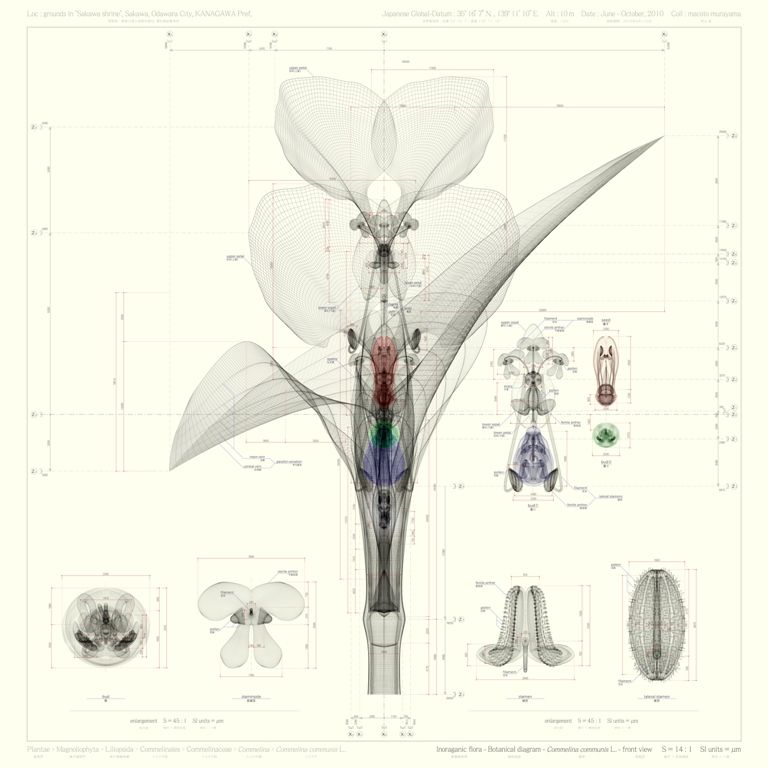










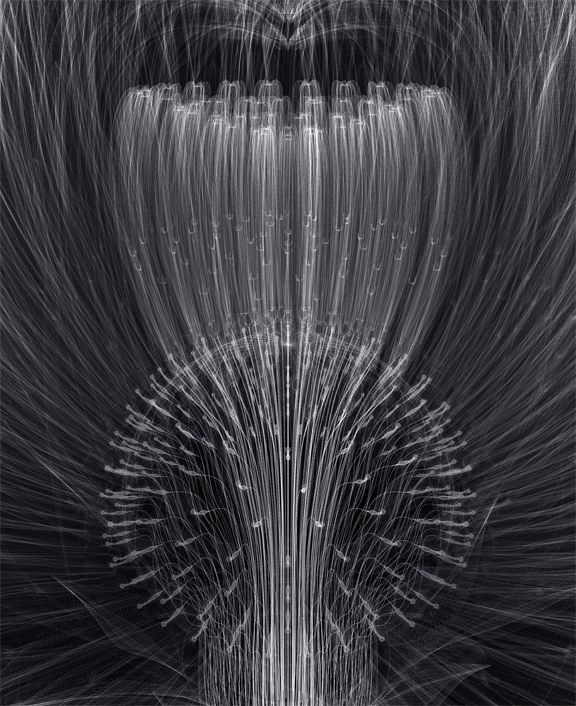


























































.jpg)


















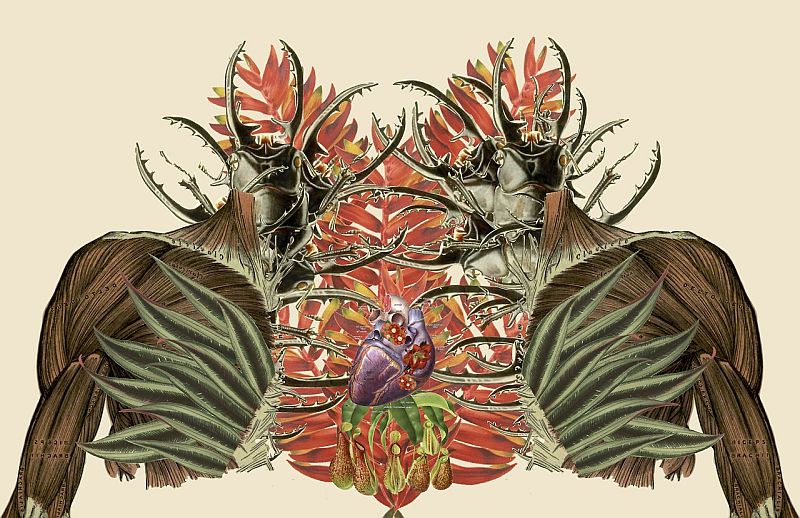



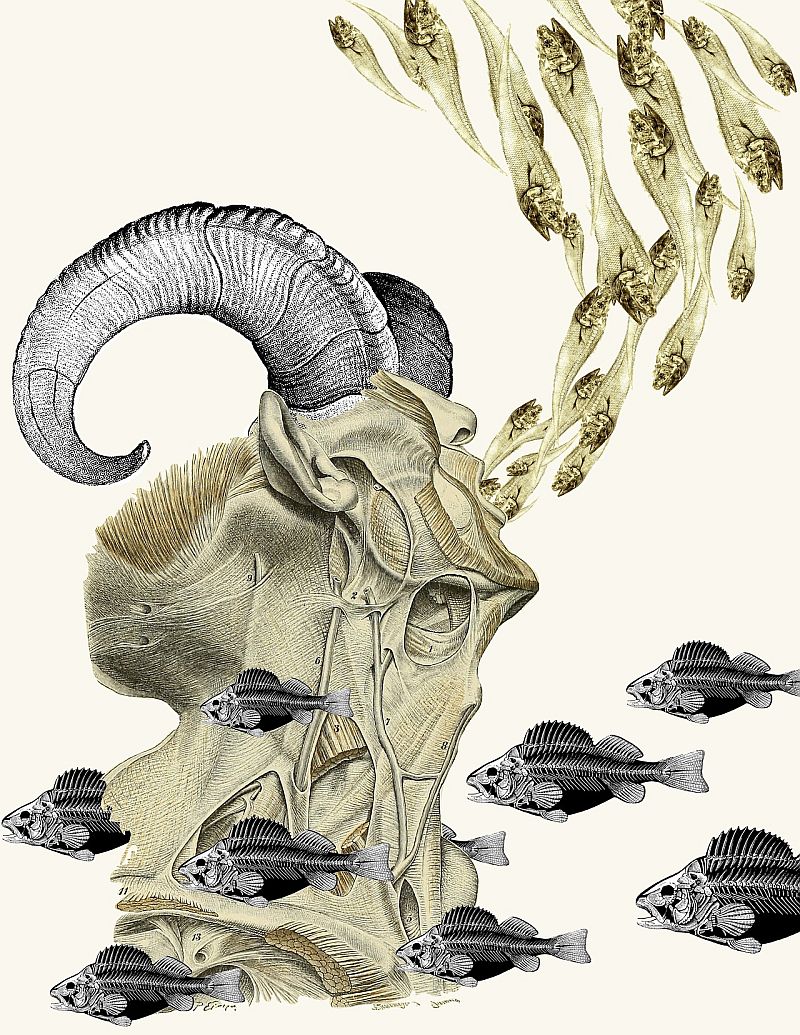










































.jpg)





.jpg)








.jpg)





























































+Goodbye+(Oregon+Map).jpg)





















































































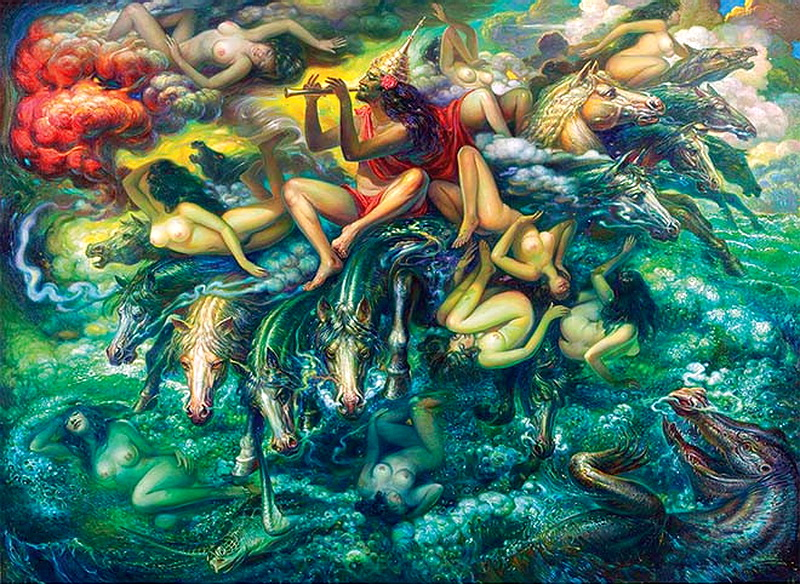




























.jpg)



.jpg)












